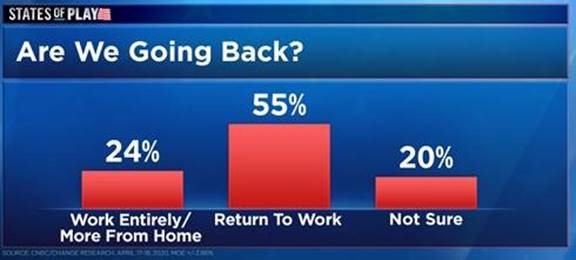When your father is a farmer, you see very little of him during the spring and summer.
My mother solved this problem by gently insisting she and I ride with him on the three-times-per-week evening deliveries to the wholesale markets where he sold his vegetables.
My mother would pack a big bento box for the three of us and we would make the two-hour drive from our farm in Tacoma, Wash. to the wholesale market in Seattle.
 |
It was only 30 miles away, but this was before the freeway, Interstate 5, was built.
Back then, it took so long because the old highway was clogged by more than 50 stop lights and stop signs. It was so congested that drivers seldom went faster than 30 miles per hour, 35 tops.
And it was a long ride for a young, energetic boy.
Still, we always had enough time to stop at the roadside stand where they sold three hamburgers for $1 — one of the big reasons I really grew to love those cramped but memorable trips.
I still remember, though, how happy my father was when I-5 finally opened. It was probably one of the first times I “got” what progress meant.
I-5 is the main north-south artery from San Diego up to the U.S.-Canada border, where Washington state meets British Colombia. The section spanning Tacoma and Seattle was completed in 1967 and the time it took to make the roundtrip shrank from four hours to just 60 minutes.
Sure, I loved those burgers. But, for an overworked farmer who routinely put in 100 hours a week during peak months, that time saved was a godsend.
Why I Like Ike: The Great Paving and Great Leaps Forward
On June 29, 1956, President Dwight D. Eisenhower signed into law legislation to fund the construction of a “vast system of interconnected highways.”
The Federal Aid Highway Act of 1956 — known widely as the National Interstate and Defense Highways Act — allocated $50 billion of federal funds over 10 years to build the Interstate Highway System.
The resulting 41,000 miles of road — including the 30 that my father drove — may be the best investment our country has ever made.
It positioned our country for decades of unprecedented prosperity and economic growth. And it’s returned more than $6 in economic productivity for each $1 it cost.
Now, another infrastructure transformation of similar potential consequence is quietly taking shape.
Indeed, investments being made today are going to lead to another multi-decade run of rising prosperity ...
Crisis and Opportunity: COVID-19 and Telework
I’m talking about the great buildout of home-based work centers forced upon us by the coronavirus pandemic.
According to Enterprise Technology Research, American companies have just spent up to 30% of their annual information technology (IT) budgets on work-at-home initiatives and equipment.
So far, spending is concentrated in finance, education and healthcare. But, the home-based trend is going to expand beyond those industries.
IT research and advisory firm Gartner estimates that up to 10% of Americans will work out of their home next year — and that share will keep increasing going forward.
Meanwhile, spending on cybersecurity, cloud storage, video conference, file sharing, virtual desktop services, and computer hardware and software is going to skyrocket.
Indeed, what the opening of I-5 did for my father is what the shift to work-at-home jobs will do for today’s working Americans.
And working from home won’t just make life easier for employees or help to mitigate issues arising from childcare or the cost of commuting. Studies have shown it will also turbocharge productivity rates.
According to the U.S. Census Bureau, the average American worker spends 54 minutes a day commuting, or about 240 hours a year.
That’s a lot of wasted (and frustrating) time. That frustration is then brought into the office and affects employee performance.
 |
|
Source: NBC |
Additionally, employees working from home can’t be distracted by the normal goings-on within an office. Distractions have led U.S.-based companies to report an average of $1.8 trillion per year lost due to productivity shortcomings.
Panic and Revolution: Time for New Tech
Fifty years after Henry Food started to produce the first affordable car for most Americans, we moved from dreaming about to exploring our beautifully diverse country.
First the Model T, and then the national highway system, made that possible.
Hundreds of thousands of people — perhaps millions — are about to enjoy a similar burst of freedom, as they permanently shift to remote work.
The work-from-home revolution is going to have major repercussions.
And that means now is the time to identify the next generation of leaders in the tech stock space. Investors should take a hard look at the companies providing the tech that makes telecommuting possible. They’re going to be the real winners of this foundational change.
Best wishes,
Tony Sagami

